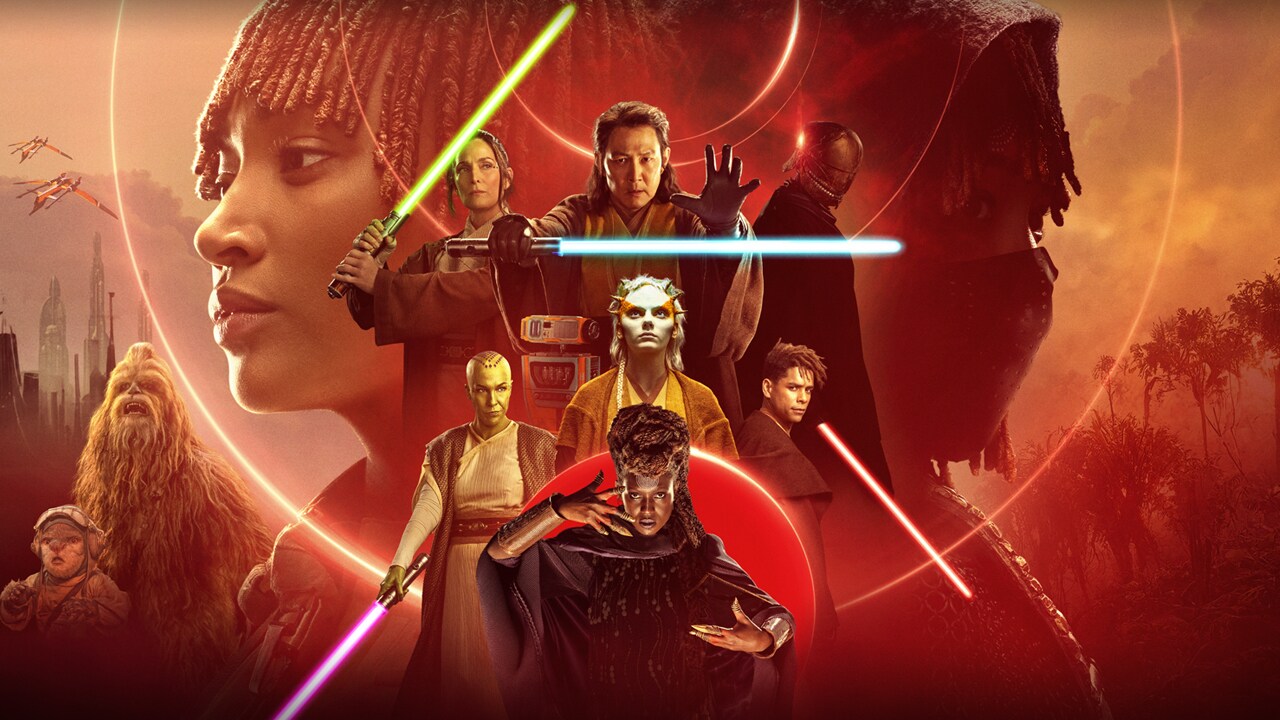
SPOILERS for Episode 6 and 7 of Disney+’s new show the Acolyte
Carl Jung and the Force
As Disney’s hit series The Acolyte delves into the mysterious world of the Sith and their relationship with the Force, it appears to be taking the Star Wars franchise back to its Jungian roots. The show’s exploration of the nature of the Force and the emotions that fuel it has led to speculation that the series may be challenging the traditional dualistic view of the Force, potentially moving towards a more non-dualistic philosophy akin to Taoism.
In The Acolyte Episode 6, “Teach/Corrupt,” the character Qimir introduces a thought-provoking concept about the nature of the Force. He states, “Below the surface of consciousness are powerful emotions. Anger. Fear. Loss. Desire.” This idea resonates with the Jungian notion of the shadow and other archetypes that reside within the unconscious mind.
The Jungian Connection:
According to Carl Jung, the renowned Swiss psychiatrist and psychoanalyst, the human psyche is composed of various archetypes, or universal patterns of behavior and thought. These archetypes, including the shadow, represent the primary sources of emotion that lay beneath consciousness. The shadow, in particular, embodies the repressed or denied aspects of oneself, often associated with negative emotions such as anger, fear, and desire.
In the Star Wars universe, it appears that both the Jedi and the Sith harness these primary elements of consciousness, but in vastly different ways. The Sith seem to tap into these emotions unconsciously, fueling their connection to the Force through anger and passion. In contrast, the Jedi strive to make these forces conscious through mindfulness and self-awareness, allowing them to master their emotions and maintain balance.
Jung believed that the forces of the psyche are inherently neutral, neither good nor bad. However, when these forces are activated unconsciously, they can become destructive, even though they may initially appear more powerful. True wholeness and effectiveness, according to Jung, come from the work of bringing these unconscious forces into conscious awareness.
The Jedi and the Sith:
The Jedi and the Sith may be two sides of the same coin within the Star Wars universe, but we know way more about the Jedi. The Sith are a mysterious bunch, with their dark magicks, strange rules, and general shadowy existence. While the Jedi oversaw the galaxy for centuries, the Sith were “extinct for millennia,” at least according to Ki-Adi-Mundi.
In The Acolyte Episode 6, we finally got a firmer explanation about how the Sith — or at least the Sith in this era — operate, and it throws everything we know into question. Qimir’s take on the Force echoes Yoda’s grave warning from The Phantom Menace — with a twist. Yoda warned that fear leads to the dark side, stating, “Fear is the path to the dark side. Fear leads to anger. Anger leads to hate. Hate leads to suffering.”
However, Qimir presents a different perspective, suggesting that there is another way to access the Force. He explains, “Below the surface of consciousness are powerful emotions. Anger. Fear. Loss. Desire.” When Osha replies that this is the path to the Dark Side, Qimir dismisses it as mere semantics.
The addition of “loss” and “desire” completely changes the way we look at this concept. Yoda warned that anger is a slippery slope to the Dark Side, but Qimir redefines it as fuel for accessing the Force. This suggests that there’s more than just the Jedi way; one could also use the Force by tapping into the emotions that the Jedi would discourage.
In the Star Wars universe, it appears that both the Jedi and the Sith harness these primary elements of consciousness, but in vastly different ways. The Sith seem to tap into these emotions unconsciously, fueling their connection to the Force through anger and passion. In contrast, the Jedi strive to make these forces conscious through mindfulness and self-awareness, allowing them to master their emotions and maintain balance.
Jung believed that the forces of the psyche are inherently neutral, neither good nor bad. However, when these forces are activated unconsciously, they can become destructive, even though they may initially appear more powerful. True wholeness and effectiveness, according to Jung, come from the work of bringing these unconscious forces into conscious awareness.
The Hero’s Journey:
The Jungian perspective harmonizes beautifully with the Star Wars lore, as the franchise’s creator, George Lucas, was heavily influenced by Joseph Campbell’s work, particularly his book “The Hero with a Thousand Faces.” Campbell, in turn, based much of his work on Jung’s theories, although he did not always explicitly credit the psychoanalyst.
Campbell’s “The Hero with a Thousand Faces” explores the concept of the monomyth, a universal pattern found in heroic tales across cultures and time periods. This pattern, known as the hero’s journey, follows a protagonist as they embark on an adventure, face challenges and temptations, overcome obstacles, and ultimately return home transformed.
Lucas drew heavily from Campbell’s work when crafting the original Star Wars trilogy, incorporating elements of the hero’s journey into Luke Skywalker’s transformative arc. By tapping into these universal archetypes and themes, Lucas created a story that resonated with audiences on a deep, psychological level.
Desire and the Dark Side:
The concept of desire leading to the Dark Side is something that The Acolyte showrunner Leslye Headland has contemplated for a while. In an interview with Inverse, Headland expressed her love for the line in A New Hope where Obi-Wan says, “Vader was seduced by the Dark Side,” emphasizing the word “seduced.”
Just as the Jedi reject attachment and desire as a distraction, we now know that the Sith embrace these emotions as something that could amplify a connection with the Force. The inclusion of “loss” is also interesting, as we know that the effects of Osha’s loss were part of why she left her Jedi training.
The Jedi and Sith are more than just “the good guys” and “the bad guys.” They are two different sides to a complicated philosophy and show that there’s more than one way to use the Force. Now that Osha is hanging out with Qimir, we may see her tap into these powerful emotions to reconnect with the Force, and possibly even explore her desire for Qimir, as some fans speculate.
Looking Ahead:
If the show continues to draw from Jungian concepts, we may see a deeper exploration of the shadow archetype and its role in shaping the characters’ journeys. Osha, in particular, may face the challenge of confronting her own shadow as she grapples with the emotions and desires that the Jedi taught her to repress.
Furthermore, the series could delve into the idea of individuation, a central concept in Jungian psychology that refers to the process of becoming a whole, integrated person by bringing the conscious and unconscious aspects of the psyche into harmony. Instead of defeating or avoiding our worst parts we transmute and fuse them. This could manifest in the characters’ struggles to balance the light and dark sides of the Force within themselves, ultimately leading to a more nuanced understanding of the Force and its role in the universe.
As The Acolyte promises to explore the origins of the Sith and their relationship to the Force, it may also shed light on the nature of the dark side itself. By presenting the Sith’s approach to the Force as an alternative path rather than an inherently evil one, the series could challenge long-held assumptions about the binary nature of good and evil in the Star Wars universe.
The Taoist Perspective:
This idea of a more nuanced understanding of the Force aligns with the principles of Taoism, an ancient Chinese philosophy that emphasizes the balance and harmony of opposites. In Taoism, the concept of yin and yang represents the interconnectedness and interdependence of seemingly contrary forces.
If The Acolyte is indeed moving towards a more Taoist interpretation of the Force, it could suggest that true mastery of the Force comes not from adhering strictly to the light side or the dark side, but rather from finding a balance between the two. This would represent a significant shift in the Star Wars universe, challenging the long-held belief that the light side and the dark side are mutually exclusive.
Implications for the Characters: As The Acolyte continues to explore the complex relationship between the Jedi, the Sith, and the Force, the characters may find themselves grappling with this new understanding of the Force. Osha, in particular, may be forced to confront the emotions and desires that the Jedi taught her to repress, ultimately leading her to a more balanced approach to the Force.
Similarly, Qimir’s role as a Sith master may be recontextualized if the series adopts a more non-dualistic view of the Force. Rather than being a purely evil figure, Qimir could be seen as someone who has embraced the full spectrum of emotions and found a way to harness them in his connection to the Force.
Looking Ahead: If The Acolyte does indeed move towards a more Taoist interpretation of the Force, it could have significant implications for the future of the Star Wars franchise. By challenging the traditional dualistic view of the Force, the series could pave the way for a more nuanced and complex understanding of the universe and its inhabitants.
This shift could also open up new possibilities for storytelling, as characters navigate the challenges of finding balance within themselves and in their relationships with others. It may lead to a greater emphasis on personal growth and self-discovery, as characters learn to embrace and integrate the various aspects of their psyche.
As the show continues to unravel the mysteries of the Force and the complex relationship between the Jedi and the Sith, it promises to take us on a journey of self-discovery, challenging us to confront our own shadows and embrace the transformative power of the Force. In doing so, The Acolyte not only pays homage to the philosophical and psychological foundations of the Star Wars franchise but also paves the way for a new era of storytelling that speaks to the universal human experience.
Key Ideas for SEO:
- The Acolyte explores Jungian archetypes in Star Wars
- Jedi and Sith harness the Force through conscious and unconscious emotions
- Qimir’s perspective on the Force challenges traditional Jedi teachings
- The Acolyte may introduce a non-dualistic view of the Force inspired by Taoism
- George Lucas drew inspiration from Joseph Campbell’s “The Hero with a Thousand Faces”
- Joseph Campbell’s work was heavily influenced by Carl Jung’s theories
- The Acolyte may delve into the Jungian concept of the shadow archetype
- Osha may confront her repressed emotions and desires, leading to a balanced approach to the Force
- Qimir’s role as a Sith master may be recontextualized in a non-dualistic view of the Force
- The Acolyte could pave the way for a more nuanced understanding of the Force in the Star Wars universe
- The series may emphasize personal growth and self-discovery through embracing and integrating aspects of the psyche
- The Acolyte pays homage to the philosophical and psychological foundations of the Star Wars franchise
- The show may lead to a new era of storytelling that speaks to the universal human experience
- The Acolyte challenges the traditional dualistic view of the Force as light side versus dark side
- The series explores the complex relationship between the Jedi, the Sith, and the Force
- The Acolyte may introduce a Taoist interpretation of the Force, emphasizing balance and harmony of opposites
- The show could recontextualize the nature of the dark side as an alternative path rather than an inherently evil one
- The Acolyte promises to explore the origins of the Sith and their relationship to the Force
- The series may delve into the Jungian concept of individuation, becoming a whole, integrated person
- The Acolyte invites viewers to engage with the Star Wars universe on a deeper, more philosophical level

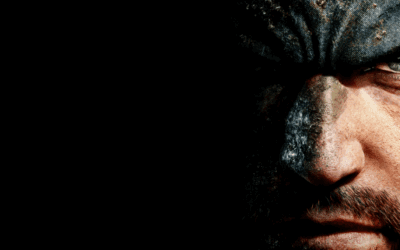
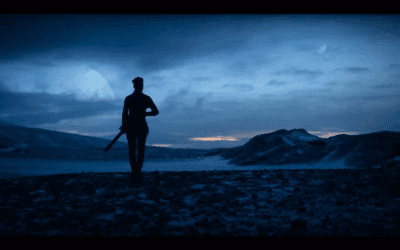

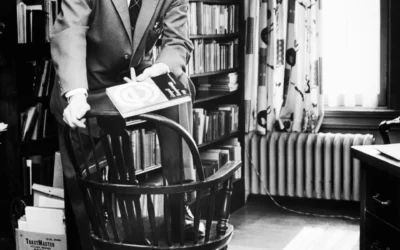
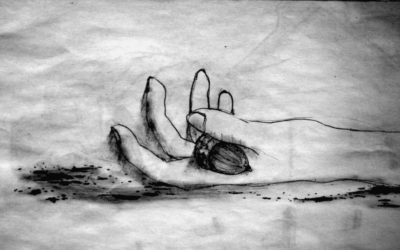
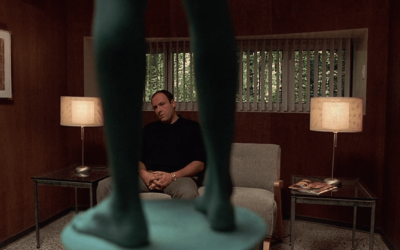
0 Comments